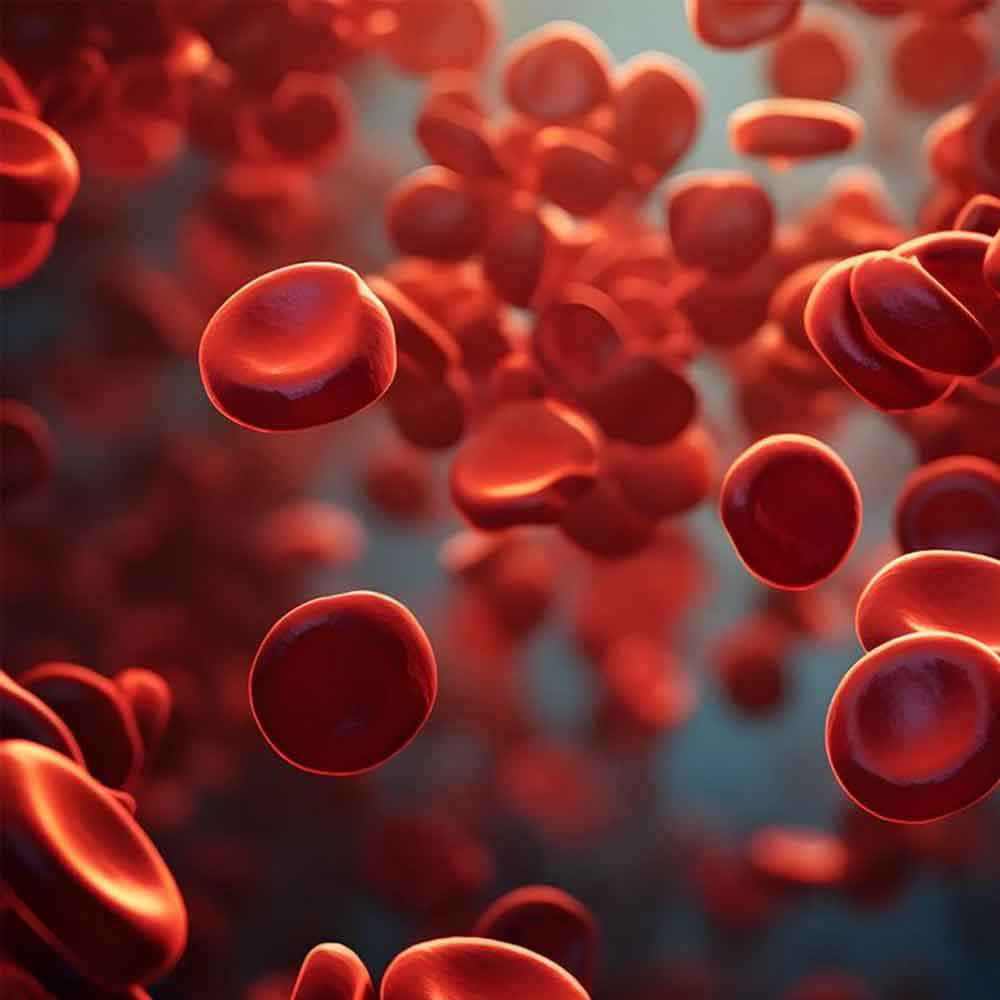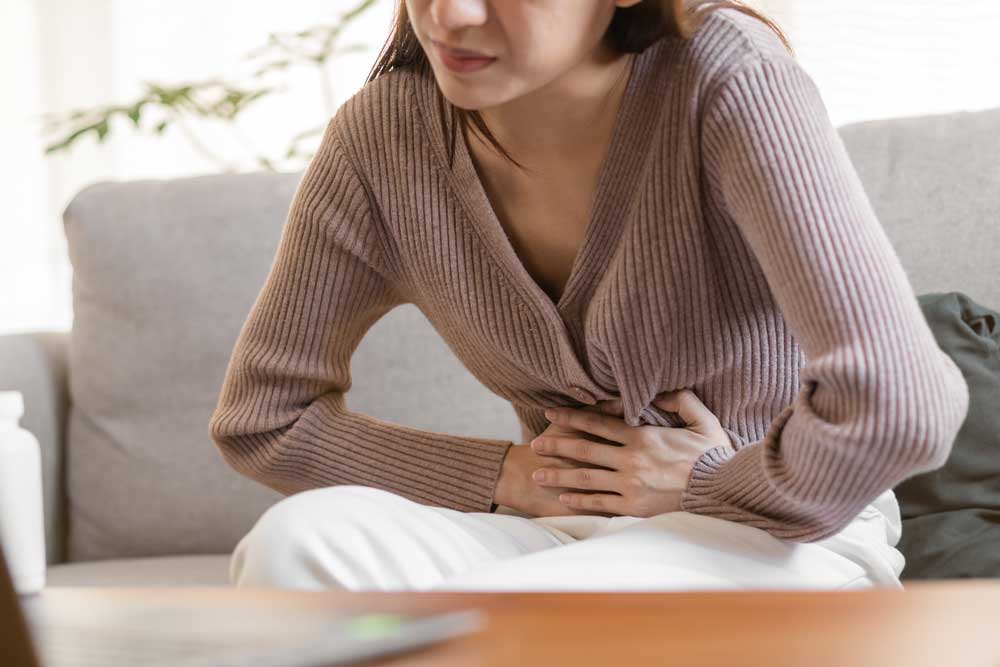
What Is Anaemia, Really?
At its core, anaemia means your body doesn’t have enough healthy red blood cells to carry oxygen efficiently. The most common reason? A lack of iron in the body. But it’s not just about not eating enough spinach — it can also be triggered by heavy periods, nutrient-poor diets, intestinal infections, or underlying medical conditions.
"Many young girls and women don’t even realise they’re anaemic until they’re extremely fatigued or start having issues like dizziness, shortness of breath, or even difficulty concentrating,” explains Dr Chaitali Mahajan Trivedi, a consultant obstetrician and gynaecologist. “It’s not just tiredness — it’s your body struggling to function without enough oxygen.”
Why South Asian Women Are Hit Hardest
South Asia, unfortunately, carries the heaviest burden of anaemia globally, and it’s no coincidence. Factors like poverty, poor access to healthcare, gender-based food inequality (yes, it still happens), early marriages, and frequent pregnancies all play a role.
We’re seeing a cycle where undernourished adolescent girls grow into anaemic women, and then go through pregnancies with depleted iron stores — which also affects the child. It becomes a multi-generational issue.

What Does Anaemia Feel Like?
Many women brush off the signs, blaming them on stress, lack of sleep, or busy routines. But persistent symptoms shouldn’t be ignored.
Common signs include:
Constant fatigue or low energy
Pale skin and lips
Feeling dizzy or lightheaded often
Fast heartbeat or shortness of breath
Weakness and frequent headaches
In children and teens, anaemia can also delay physical growth and affect concentration and learning in school.
Why It’s More Than Just a “Women’s Health Issue”
Here’s the part that’s often overlooked: anaemia doesn’t just affect women — it affects entire communities. Anaemic mothers are more likely to have premature births or babies with low birth weight. In fact, South Asia accounts for 40% of the world’s low birth weight cases, partly due to maternal anaemia.
“When women are chronically anaemic, it also impacts their ability to work, care for their families, and even contribute to the economy. Tackling anaemia is not just a health issue — it’s a social and economic one too,” says Dr Trivedi.
So, Can Anaemia Be Prevented?
Absolutely. And that’s the good news.
Dr Trivedi shares a few simple but impactful ways to keep anaemia at bay:
1. Improve Daily Nutrition
Diet plays a massive role,” she says. Include:
Iron-rich foods like leafy greens (spinach, methi), legumes, jaggery, red meat, and fish.
Vitamin C-rich foods (like amla, citrus fruits, tomatoes) to help absorb iron better.
Avoid drinking tea/coffee immediately after meals, as they reduce iron absorption.
2. Get Regular Check-Ups
Iron deficiency can sneak up on you, especially if you're not eating well or have heavy periods.
Simple blood tests during regular health check-ups or during pregnancy can flag low haemoglobin levels before it gets severe.
3. Iron Supplements for Those Who Need It
In many cases, especially during pregnancy, doctors recommend iron and folic acid tablets to prevent complications. Many schools and public health centres also run iron supplementation programmes for adolescent girls — but awareness remains low.
4. Talk About It Openly
Anaemia often goes unspoken. There’s still stigma around discussing menstrual health, fatigue, or even the need for supplements. We need to normalise these conversations — at home, in schools, and in clinics.
Final Thoughts
With 18 million more women at risk in the next five years, it’s clear that anaemia isn’t just a silent health issue anymore — it’s a growing crisis. But the solution doesn’t need to be complicated. A little awareness, better food choices, timely check-ups, and open dialogue can go a long way.
Let’s stop brushing it off as “just tiredness.”
Because every girl and every woman deserves to live a full, energetic life — not one weighed down by something as preventable as anaemia.